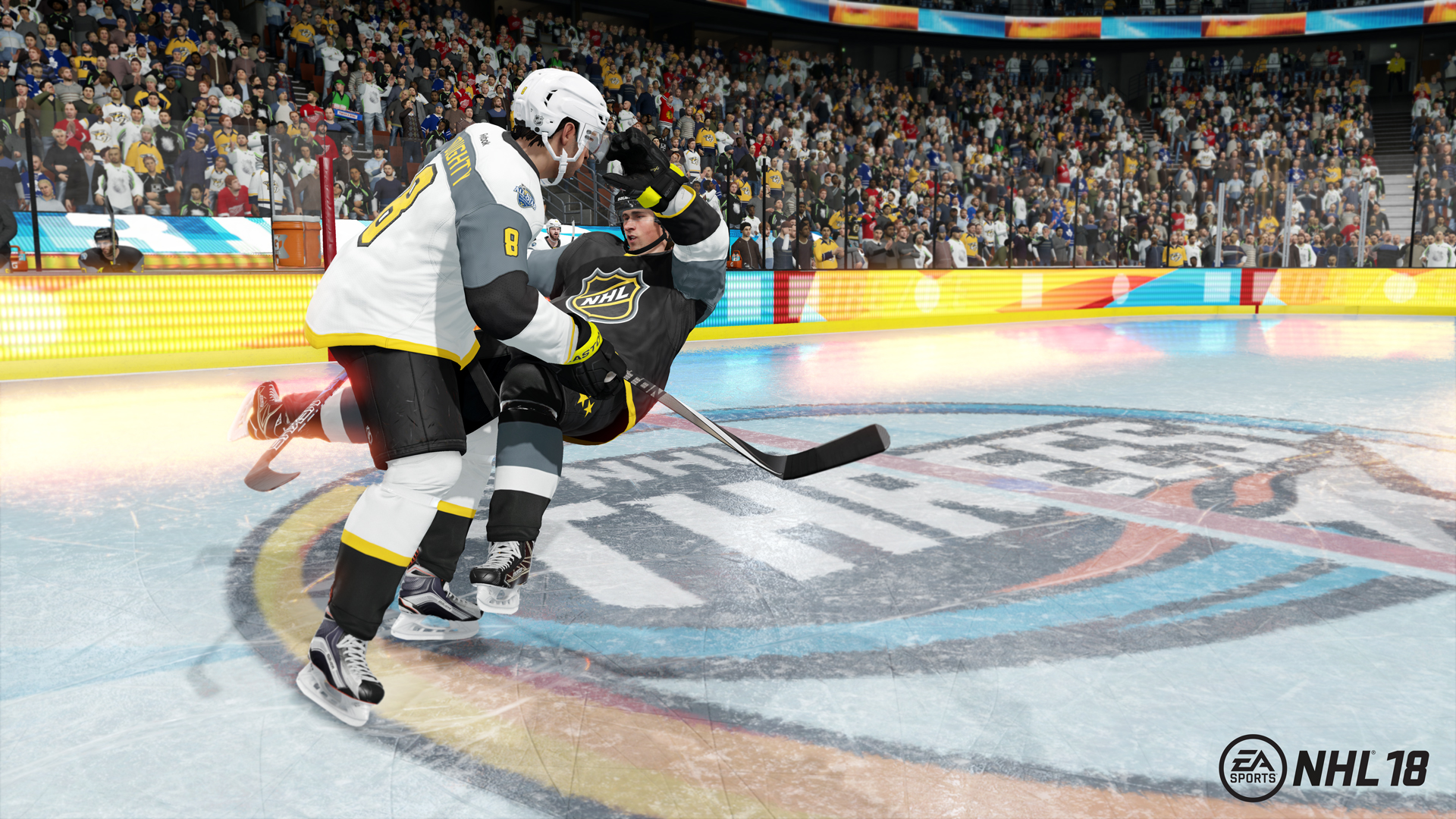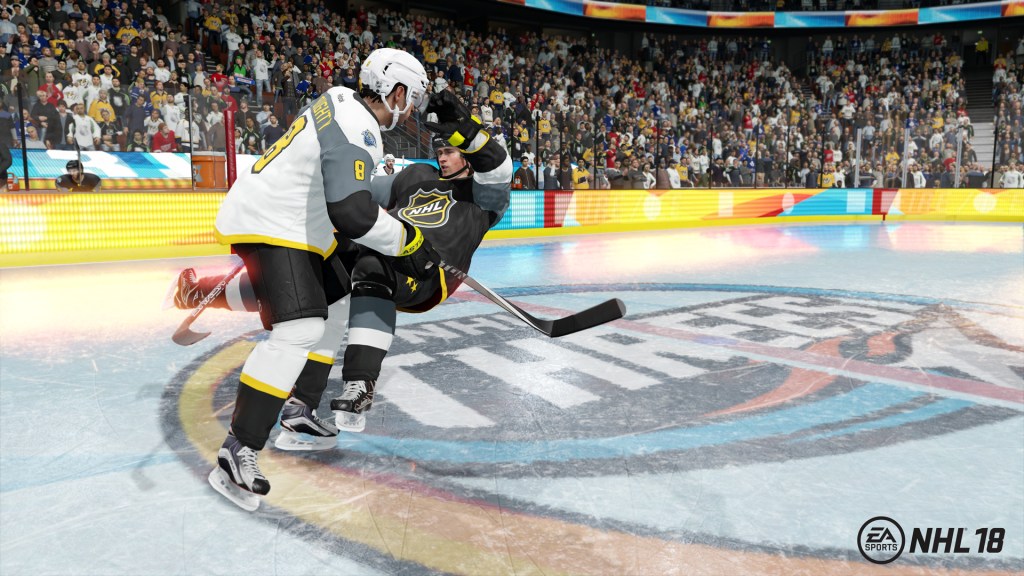Ah, September. The gaming conferences and press events are largely over, the new Madden game has come and gone, and Christmas is right around the corner. Before then though, the puck – mercifully, for hockey nuts – will drop on the new NHL season. The renewed hope provided by a blank slate gets everyone excited, and that usually converts into sales for the only video game hockey show in town – EA’s NHL series.
With NHL 18, even though the general back-of-the-box improvements are present (and I’ll get to those later), there seems to be something of a shift in the core gameplay. Matches feel somewhat slower in the main, requiring something of a more tactical approach. Individual battles, such as those between defensemen and a center who is trying to screen the goalie in front of the net, are more pronounced. Even the acts of playing simple passes and taking a shot on goal require more concentration than they did before. Defending players seem more alert and – powered by the new “Defensive Skill Stick” – can break up play far easier than they could in the past. Whether they’re blocking your rasping shot into the top corner with their butt-cheek or artfully flailing their stick out to prevent a dead-eye pass from getting through to your sniper, they’re certainly in the way a lot more than last year. Some may say that the poke check is a shade overpowered this year as a result of the defensive overhaul, but that’s going to be down to the approach of the player. It isn’t like there aren’t enough offensive approaches and moves that you can’t find a way through.
A Real Thinker
What this means, on the whole, is that you have to think about what you’re doing. Previous titles have felt as if all the focus has been on offensive play. When you didn’t have the puck, you were often simply thinking about how to get the puck back so you could get back to taking potshots at the keeper. Now, losing the puck causes you to think about the positioning of your defensemen and how you can protect your own goalie. Have you got time to get that fast line change in before the opponent breaks out? Should you get your center to hustle back to prevent the screen, or is he good to hang around the point in case you get a lucky bounce and can make your own break?
In general, these changes – though they aren’t being bragged about – make NHL 18 feel like a compelling and more in-depth simulation of the sport. The slower pace, somewhat ironically, reinforces the NHL’s claim that ice hockey is the “fastest game on earth,” as the added thought required during play can feel a little overwhelming at times. With a plethora of available moves available to you at any one time and a million potential outcomes to consider, some franchise regulars might find themselves retreating to a lower difficulty setting than they’re used to, at least for a little while.
Those new to the series are well-catered for, with the on-ice trainer returning in varying levels of detail to show them what to do. New coaching drills presented by Team Canada are in play to take you through the absolute basics, and these are an excellent introduction to the game. However, EA has once again decided that the somewhat broad and complicated face-off system doesn’t need a tutorial. The same system has been in play since NHL 11, where you can stick lift, tie-up, switch from forehand to backhand, shoot, clear the puck, and deke through the opponent’s legs from the drop. They’ve only decided to list this all as “Right Stick – Win Faceoff” in the control listings and other than that, you’re on your own. It isn’t a massive issue, given that as the system hasn’t changed for seven years, there are plenty of guides available online to help you work out what to do.
The improvements to the on-ice action in NHL 18 are complimented by a brand new game mode – NHL Threes – and the stack of changes of varying impressiveness that you’d expect. As the name would suggest, Threes puts you in a “wacky” three-on-three match where referees barely have to do any work. Big hits and fast action are the order of the day, but it all feels a little half-baked. As an add-on mode, I wouldn’t expect it to play like a full spin-off such as NFL Street or the like, but that’s the feel the development team was going for, and it’s one that they’ve fallen short on. The main issue is that the goals are the same size, meaning that games see as many goals as a regular match would, usually. Plus, nothing really crazy and over-the-top ever actually happens. Sure, sometimes you’ll net a “Moneypuck” and get two goals for the price of one, or add one to your total while removing one from the opponent, but that’s about it. A full Threes circuit has been included for those who are charmed by the new mode, though. Here, you try to beat teams of all levels, transforming the dire squad you start with by picking up new players as you go. There’s a decent amount of playing time here if you get bitten by the Threes bug, that’s for sure. The same can be said for Ultimate Team, too, since that’s been given a lengthy set of single-player challenges that will require double-digit hours to even come close to beating.
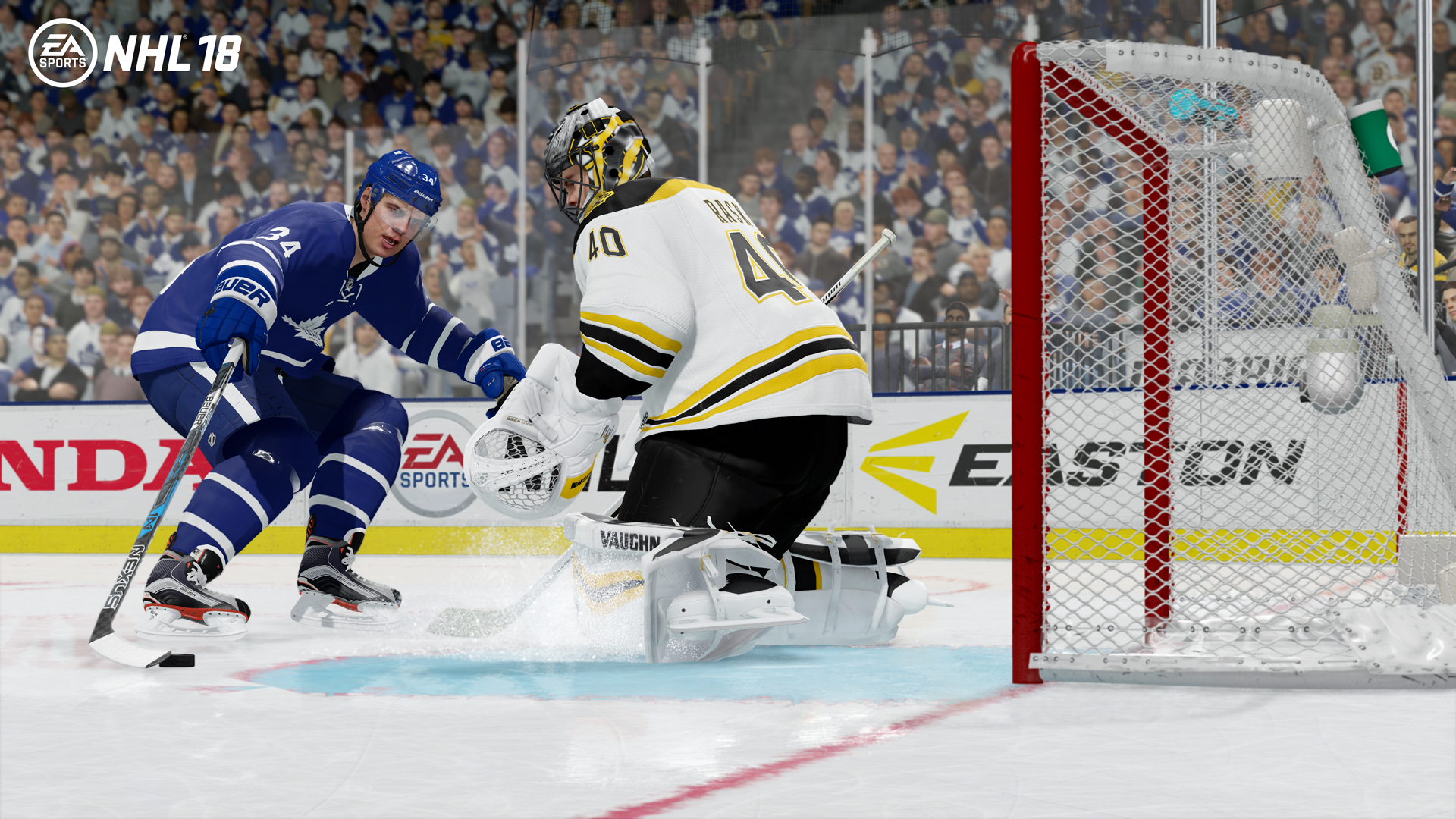
Mode Overload
The sheer amount of different ways that NHL 18 can be played is impressive. To give you an idea of the choices on offer, EA has included the option to “pin” your favorite modes to the game’s home screen, so you don’t have to go rooting around for them in the extensive list of options. With that much on offer, there’s something for everybody. For me, the ability to create the “32nd” NHL franchise from scratch and try to build them up into Stanley Cup contenders is the focus. From building the arena, designing the uniforms and logos, taking part in an Expansion Draft (and competing with the new Vegas Golden Knights franchise for the best players) all the way up to taking the ice for the first time, there’s absolutely stacks of depth here. It’s easy to lose a few hours trying to improve the win/loss ratio of your new Great Britain Lions franchise. The naming options are a little limiting, as you can tell. If managing everything from the price of tickets through to the contract options on your star player is a bit too much, you can go through the same creation process to use the team in season mode, instead.
Fans of Be A Pro mode are in for an unfairly testing time this year since coaches provide much more granular feedback than before. Sadly, this has been taken a shade too far. You’re judged on the offensive, defensive, and “team play” portions of your game and your status on the roster is altered as a result. The first two are relatively easy to master, but team play is a bear to get right. If you don’t play absolutely perfectly for 100% of the match, you won’t make even the minimum grade. Covering your defensive responsibilities, providing backup, chaining passes together, and providing two assists is most definitely good team play, but you’ll still be behind your target. Going to the penalty box a single time is enough to kill your chances of meeting your quota altogether, not that you had much of a chance to begin with. There’s also an issue with the game not being able to tell the difference between a well-timed line change and a poorly-timed one, so you get points knocked off incorrectly for that, too. It may be a small thing on the surface, but not meeting your targets is what gets you relegated to the minors. You mostly end up being afraid to try anything on the ice that isn’t mandated by the coach in case you get penalized too harshly, so the whole mode ends up being a boring, robotic write-off.
That downside isn’t as severe as all that, however, as with all of the improvements to the various other game modes, there will undoubtedly be something else on hand to fill the void for fans of Be A Pro. Add that to some graphical upgrades that make the action look absolutely top-notch, and it’s safe to say that NHL 18 is almost the complete package. Be A Pro and Threes are disappointing, but the rewarding feeling of finally beating the keeper when your franchise of choice is 5-0 down more than makes up for it. That feeling might be a little tricky for the ad team to get across succinctly, but it definitely seems that the most impressive changes in NHL 18 are the ones that the marketing team isn’t making that much of a fuss about.
So, in the middle year of EA’s much-ballyhooed three-year redevelopment of the NHL franchise, things are coming along nicely. New players will have to work to get up to speed, as much as the game tries to help them out, but hardcore puck nuts will find themselves going deep into overtime with this one. The almost overwhelming numbers of ways that the game can be played means that it’s one that will definitely keep you going way past the finals.
NHL 18 review code provided by publisher. Reviewed on PlayStation 4. For more information on scoring, please read our Review Policy here.
-
A deeper, more tactical hockey experience
-
More game modes than you can shake a (hockey) stick at
-
Seemingly unlimited gameplay customization options
-
NHL Threes is undercooked
-
Be A Pro mode hasn't been shown enough love
-
No face-off tutorial
NHL 18
-
NHL 18
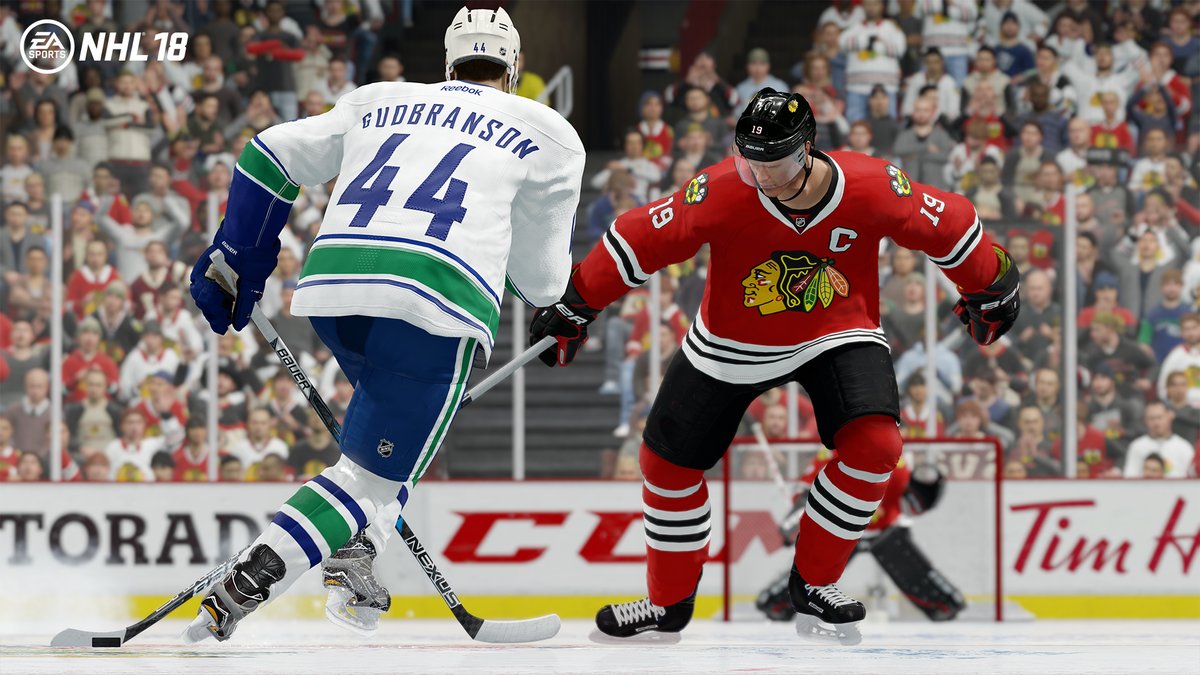
-
NHL 18
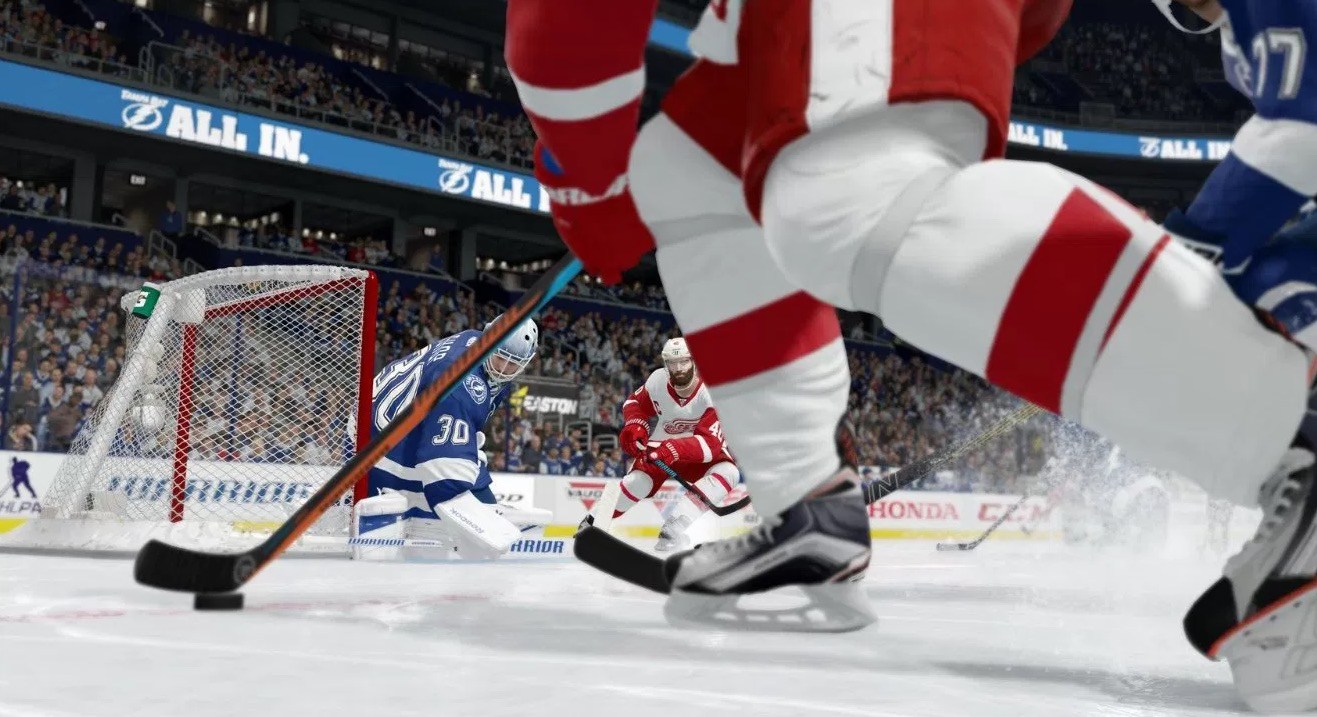
-
NHL 18
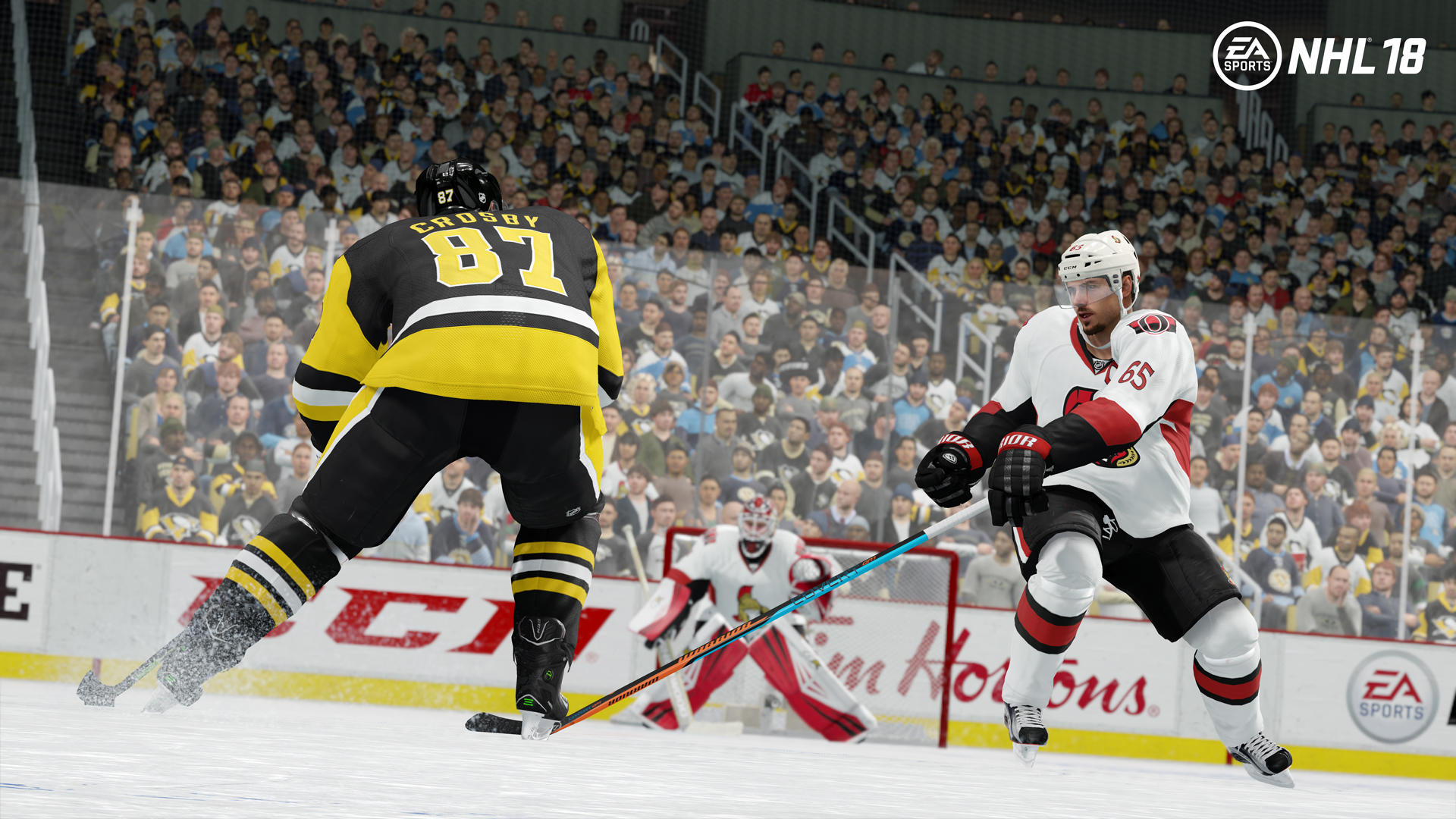
-
NHL 18
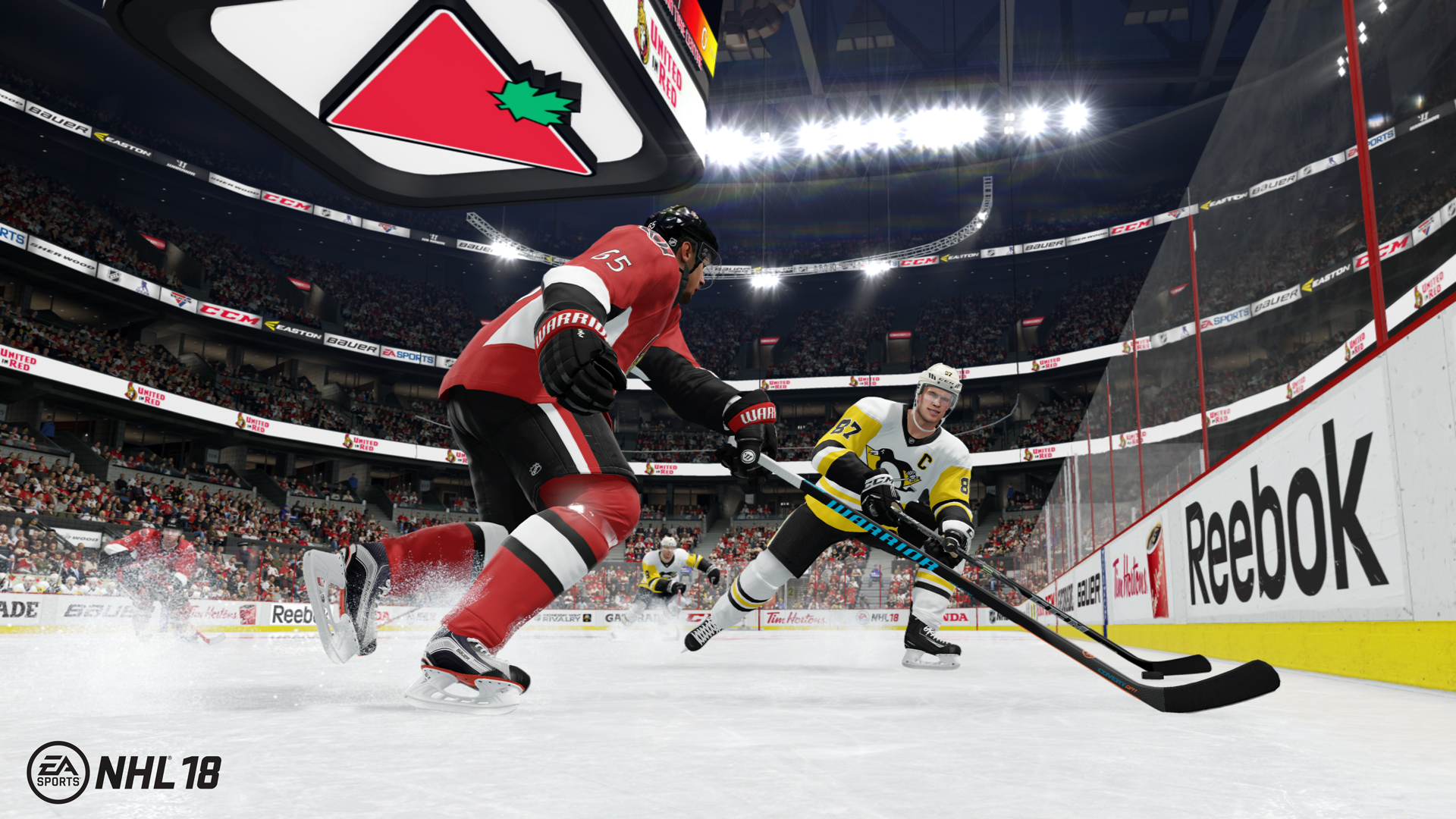
-
NHL 18

-
NHL 18
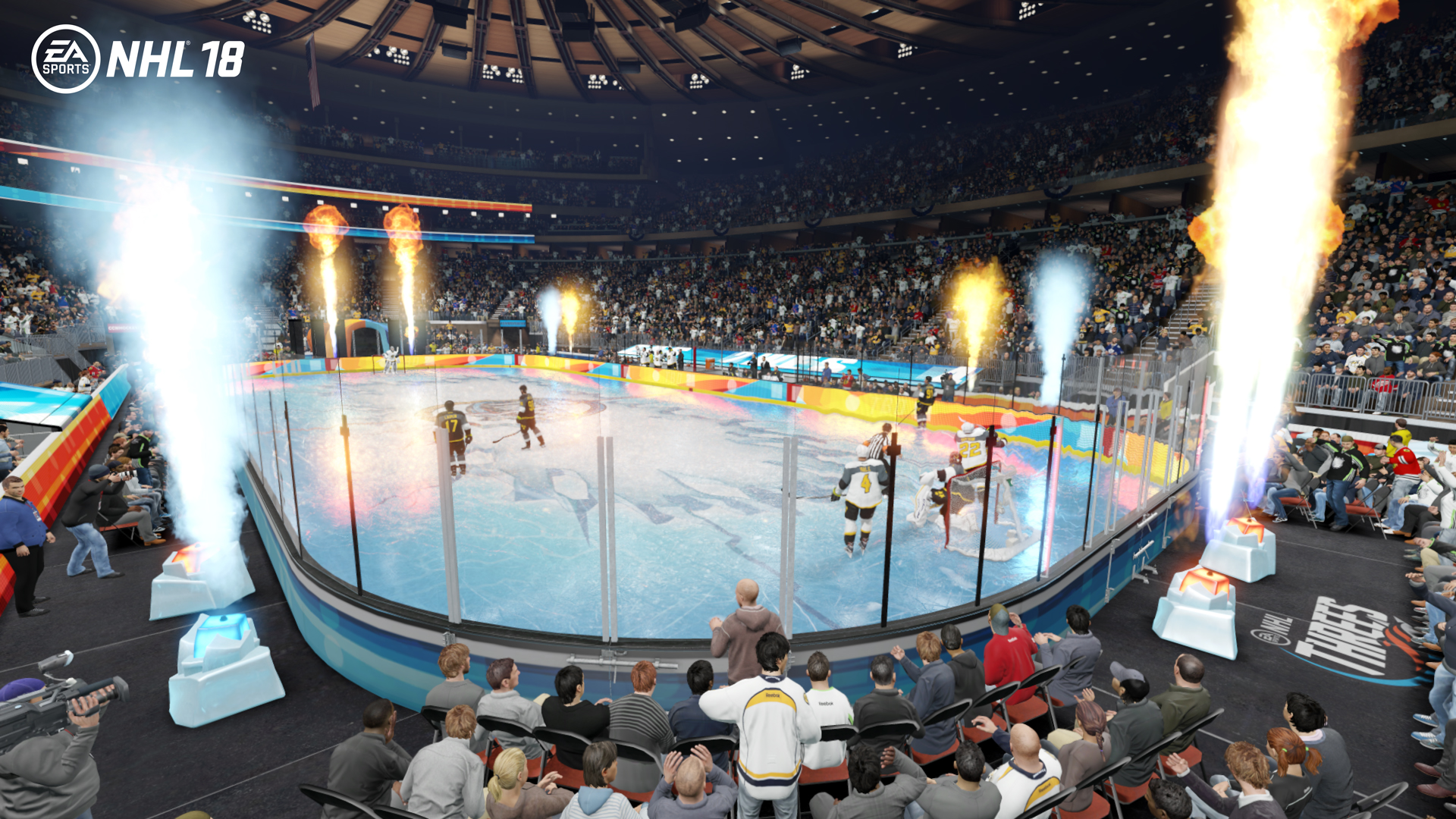
-
NHL 18
